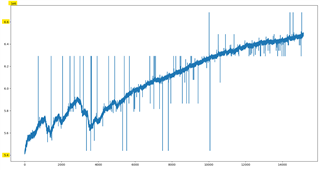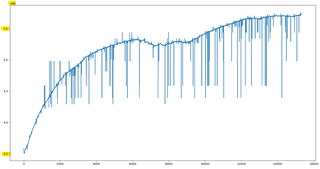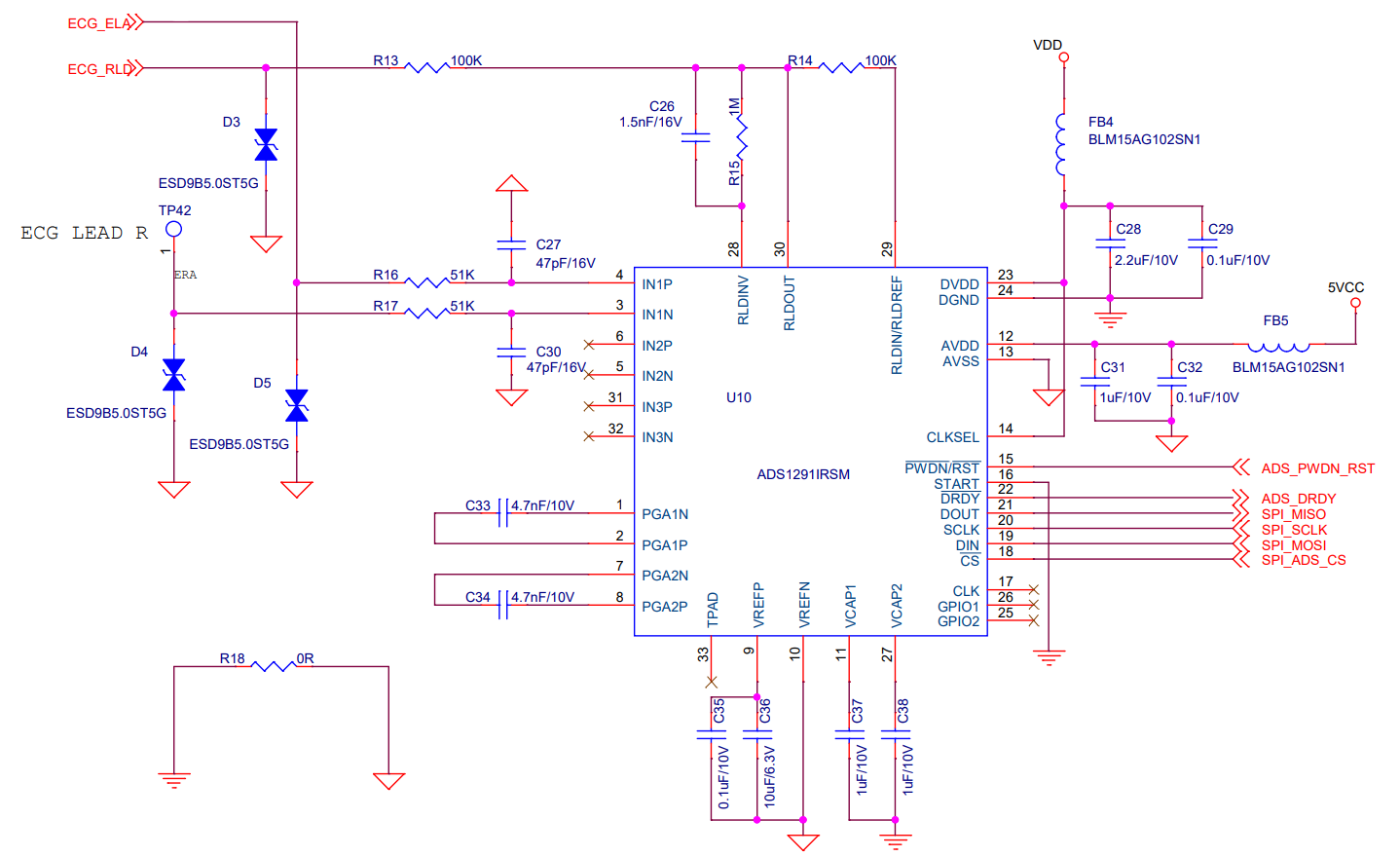Hi.
I'm working on ECG measurements with ADS1291.
The range of values keeps changing when ECG is measured on the wrist with ADS1291, can you tell me why?


If you look at the pictures above, you can see that the range of data values is different even though we measured it twice with the same setting.
Also, the ECG values are in units of 5.
(ex. Also, ECG values are in units of 5.)

Is there a reason for this?
Thank you.




